Living room colors play a pivotal part in setting the tone and mood of your home. From warm and inviting to cool and serene, the colors you choose can impact how you feel in your space. But with so numerous colors to choose from, it can be difficult to choose the stylish color for your living room.
That is why we have put together the ultimate guide to living room colors. In this comprehensive guide, we’ll explore color proposition, color schemes, and color psychology to help you produce a living room that is both functional and visually stunning. Whether you are looking to produce a cozy atmosphere or a satiny and ultramodern space, we have got you covered.
So, snare a mug of coffee, sit back, and let’s dive into the world of living room colors.
Understanding Color Theory
Before we dive into the nitty-gritty of living room colors, let’s first understand the basics of the color proposition. In simple terms, a color proposition is the study of how colors interact with each other. It’s important to keep in mind that colors can elicit different feelings and moods, and can indeed affect our physical and mental health.
The color wheel is a great starting point for understanding color proposition. It’s a visual representation of the primary, secondary, and tertiary colors. The primary colors are red, blue, and yellow, while the secondary colors are green, orange, and purple. The tertiary colors are created by mixing a primary color with a secondary color.
Choosing a Color Scheme For a Living Room
Once you have an introductory understanding of color proposition, it’s time to start allowing a color scheme for your living room. A color scheme refers to the combination of colors you choose to use in your space. There are numerous different color schemes to choose from, but some of the most popular combinations useful for a living room include:
Monochromatic: This color scheme uses different tones of the same color for a cohesive and understated look.

Analogous: This color scheme uses colors that are coming to each other on the color wheel for a harmonious and comforting effect.

Analogous Color Wheel
Complementary: This color scheme uses colors that are contrary each other on the color wheel for a bold and high-contrast look.

Triadic: This color scheme uses three colors that are evenly spaced on the color wheel for a lively and sportful look.

For illustration, a monochromic color scheme can produce a calming and relaxing atmosphere, while a complementary color scheme can produce a dynamic and energetic vibe.
However, a monochromatic or analogous color scheme can help produce the vision of further space, If you have a small living room.
On the other hand, if you have a large living room, a triadic or complementary color scheme can add visual interest and help the space from feeling empty. Once you’ve chosen a color scheme, it’s time to start allowing about how to incorporate those colors into your living room. You can use your chosen colors on your walls, sofas, accessories, and furniture. It’s important to keep in mind that you do not need to use all of your colors in equal quantities. For illustration, you can use a bold accentuation color on a statement piece of furniture, while using further muted tones for your walls and accessories.
Eventually, choosing a color scheme for your living room is about creating a space that feels comfortable, welcoming, and reflective of your particular style. By considering your asked mood, the size, and shape of your living room, and your chosen colors, you can produce a cohesive and visually stunning space that you will love spending time in.
The Canva website provides a good color wheel simulation, so visit this site to help you visualize and play with different colors and practice the concepts of a color wheel. Keep in mind that the color scheme represented by the color wheel is just one aspect of the color science. Another very important factor before choose the best color for the living room is the color psychology.
Color Psychology
Color psychology is a fascinating and complex subject that can have a profound impact on our feelings, moods, and actions. When it comes to choosing colors for your living room, it’s important to consider the cerebral goods that different colors can have.
Basic Colors Meanings
Neutrals like white, gray, and beige are popular choices for living room colors because they’re protean and easy to work with. They can produce a sense of calm and simplicity in your living room, and they give a great background for further various accentuation pieces. still, it’s important to use neutral colors in combination with other colors to avoid creating a mellow or sterile atmosphere.
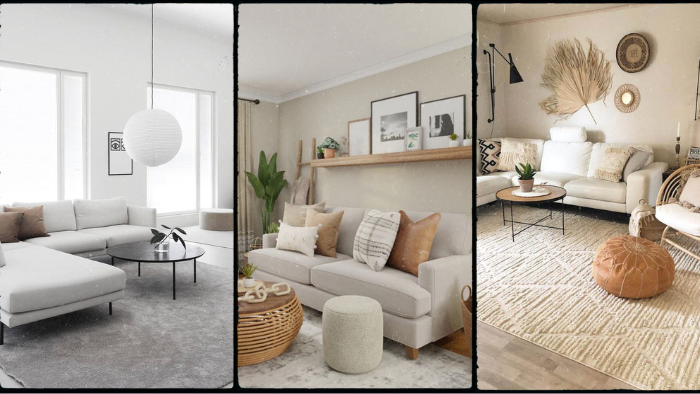
Blue, for illustration, is a calming and relaxing color that can help to reduce stress and anxiety. It’s an ideal color for a living room that you want to use as a peaceful retreat from the world.
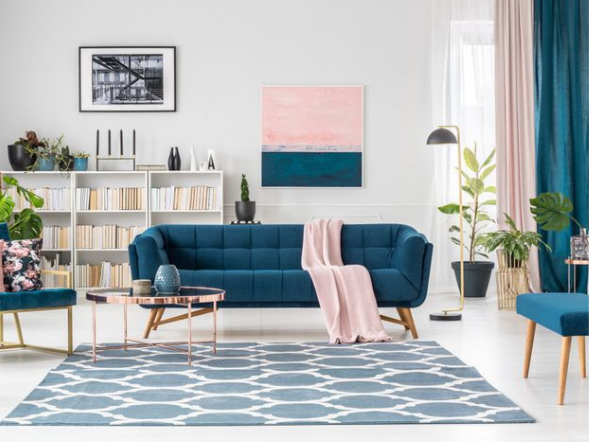
Green is another comforting color that can help to produce a comforting atmosphere. It’s also associated with nature and can elicit passions of harmony and balance.
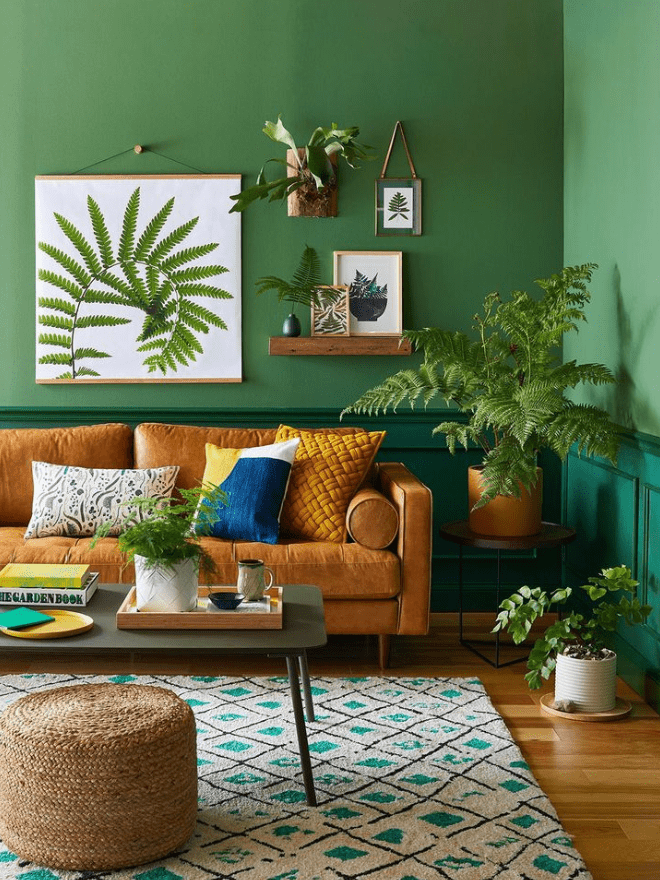
Yellow is a bright and cheerful color that can help to produce a positive and auspicious mood in your living room. It’s associated with energy and can help to increase passions of happiness and warmth. still, it’s important to use unheroic in temperance, as too important of this color can be inviting and indeed produce passions of anxiety.
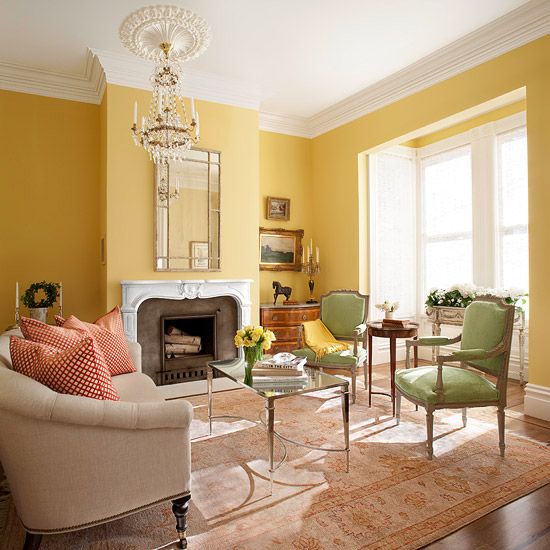
Red is a bold and energetic color that can produce a sense of passion and excitement in your living room. It’s associated with power and can be used to produce a strong focal point in the room. still, it’s important to use red sparingly, as too important of this color can be overwhelming and indeed produce feelings of aggression.
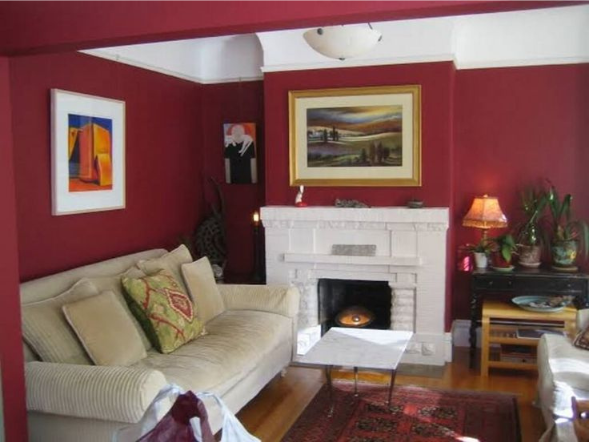
Purple is a regal and luxurious color that can produce a sense of elegance and fineness in your living room. It’s associated with creativity and can help to stimulate the imagination. Still, it’s important to use grandiloquent in temperance, as too important of this color can be inviting and indeed produce passions of melancholy.
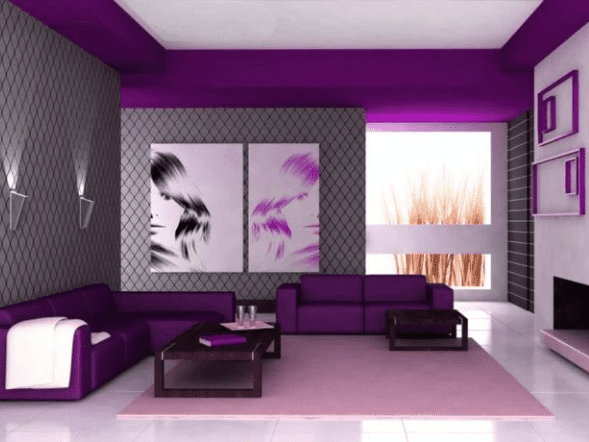
Important Considerations about Colors for Living Room
When choosing colors for your living room, it’s important to consider the overall mood and atmosphere that you want to produce. Do you want a calm and comforting space, or a bold and energetic one? Do you want to elicit feelings of happiness and warmth, or sophistication and fineness? By understanding the psychological aspects of different colors, you can produce a living room that not only looks great but also feels great to be in.
Conclusion
Choosing the perfect colors for your living room can be a grueling but satisfying experience. By understanding color proposition, opting a color scheme, considering colorful factors, and incorporating color psychology, you can produce a living room that is not only visually charming but also functional and comfortable.
Consider to take your time and trial with different color combinations. Do not be hysterical to mix and match colors to produce a unique and individualized look. And most importantly, have fun with the process!
We hope our guide has been helpful in your hunt for the perfect living room colors.
By enforcing these tips and tricks, you will be well on your way to creating a living room that you will love for times to come.


